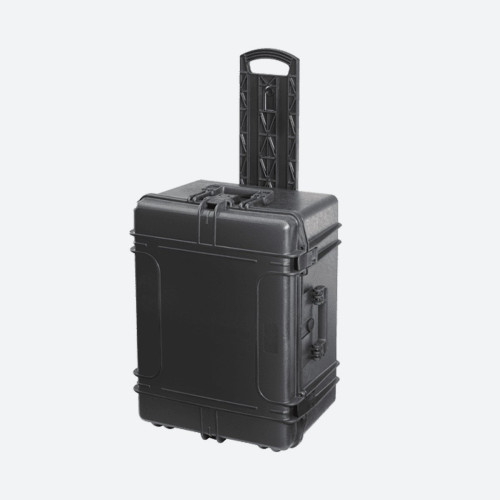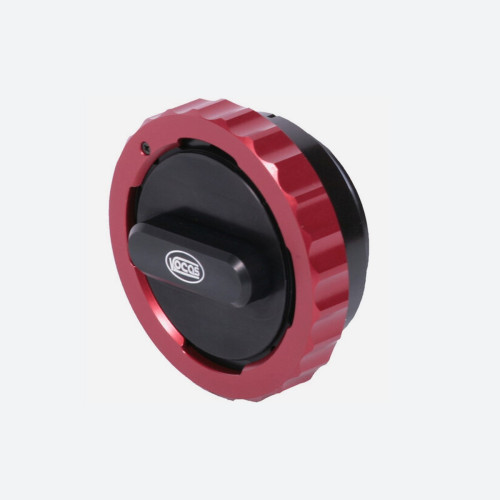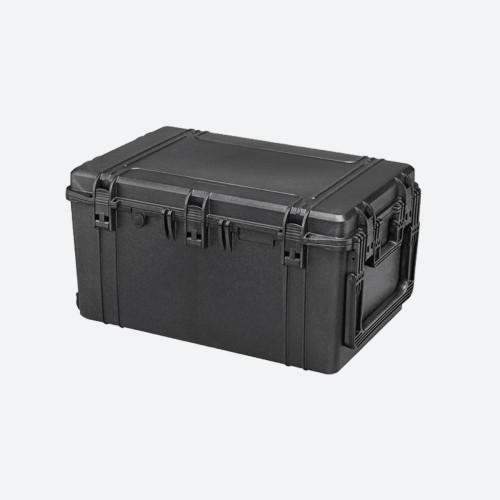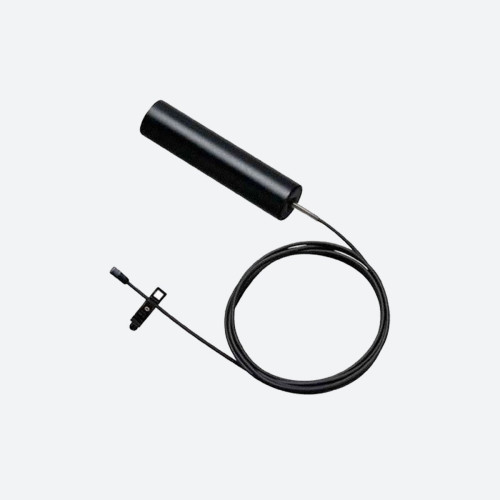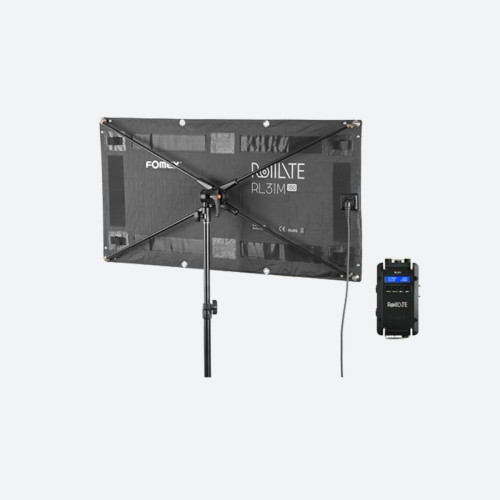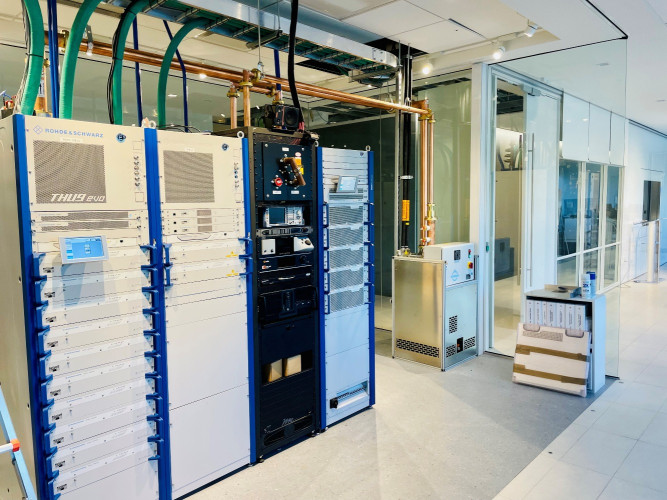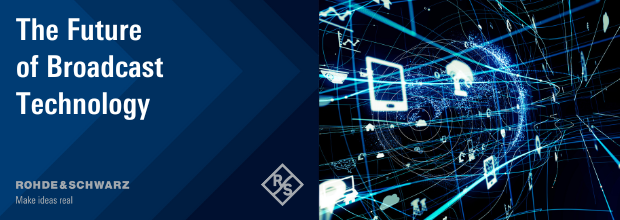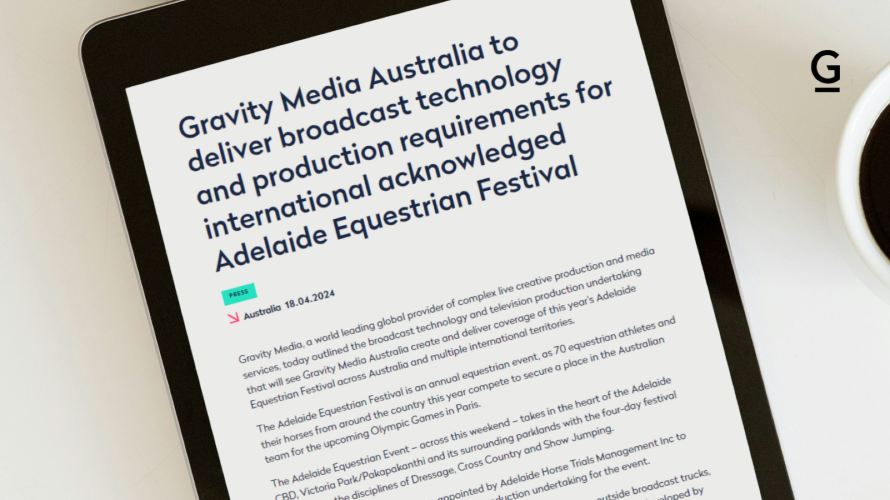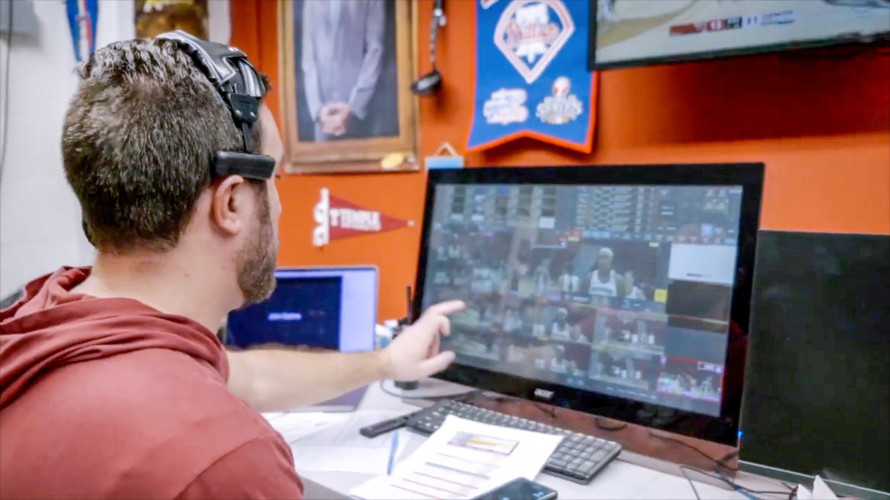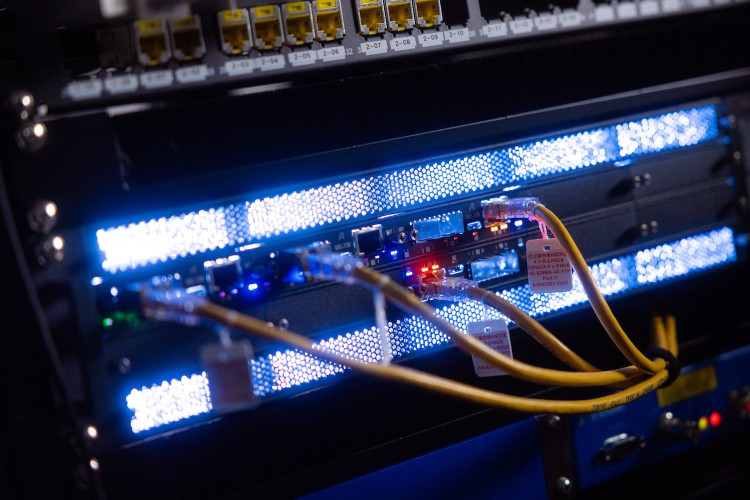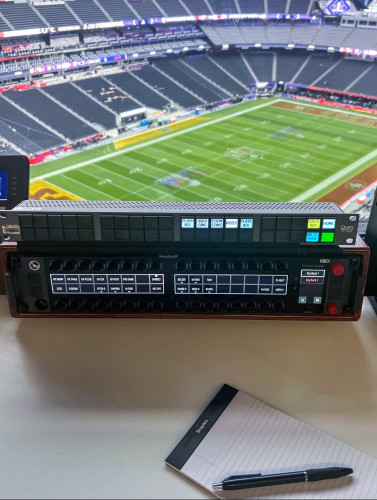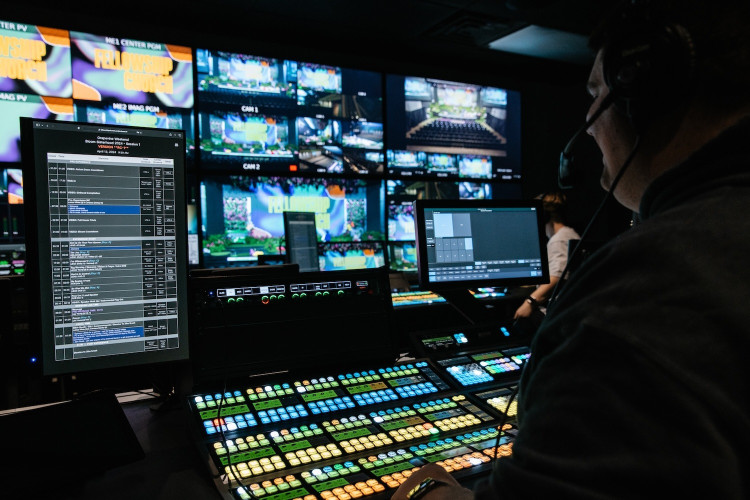SRW-5800 Training
Author: Dennis Lennie
Published 1st July 2009
“Hi Dave, how was the course?” This is the sort of greeting you come to expect from fellow engineers when you have recently attended a training course. Engineers are notorious for having no “small talk”, probably because our minds are usually concerned with things like volts, amps and ohms… and why that VTR always works on the bench, but fails as soon as it is put into service. The everyday things of ordinary life tend to pass unnoticed, so when an event (such as a training course) occurs, we seize upon it to make us feel “normal” and prove to ourselves that our heads are not always “elsewhere”.
The course in question was located in the Training Department at Sony Village in Basingstoke. Originally built as the European headquarters for Sony Broadcast and Professional, it now also houses several other Sony companies (and there are still more scattered around the UK, including the large Sony UK headquarters in Weybridge). The building itself is large and imposing and located on the southern edge of Basingstoke adjacent to the M3 motorway; it is easily spotted on the right-hand side when travelling from London to the south coast or West Country destinations.
Visitors to this site have to be collected from Reception and escorted to their destination, so, after the obligatory “signing-in”, the receptionist rang “Training” to announce my arrival. Kit Barrett met me and he guided me to the training room; normally the route would be via the toilets, drinks machines and deli area etc., but as I am a previous Sony employee this was deemed unnecessary and we simply reminisced about old times.
The course was specially convened for engineers from Sony ASCs (Authorised Service Centres) but there were also a few Sony engineers in attendance. Once we had all arrived we numbered about eight engineers and I think most of us had worked for Sony at some stage. The course began with the usual health and safety information and an introduction to what would be covered during the course. We were also advised of the optional post-course test to determine how much information we had retained and understood.
The subject of the course was the SRW-5800 HD VTR and the lecturer was the very nice Paul Cameron. Paul has an easy-going style and is very approachable; this was particularly beneficial for this type of training. In larger more formal gatherings there is little opportunity for audience participation, as the “thread” can easily be lost due to the questions going “off-subject”, so Q & A sessions (sometimes with strict time limits) are often included. This was not an issue for us because we were a small group and the sessions were quite informal, so we were able to utilise Paul’s knowledge to fill-in the areas we didn’t fully understand.
The SRW-5800 is the latest high-end HD recorder from Sony and follows-on from the well established SRW-5000 and SRW-5500. A description of the differences between these models is beyond the scope of this article but there is plenty of information on the web or available direct from Sony or Sony dealers.
The course duration was three days with the first being the most intense. Day one included a review of the HDCAM format and the evolution to HDCAM SR together with relevant theory, explanations and definition of terms. Some time was spent looking at the various input and output options available; the front panel features and controls; the operational menus and F-keys; the setup menus; the maintenance menus and diagnostic functions. We then looked in details at the machine architecture and considered how and why things have developed to the features we see today.
After all this theory we were ready for something a little lighter, so we started with the complete mechanical stripdown of the machine. As its name implies, this consists of removing all the mechanical parts from the deck including the drum, fixed heads, tape transport motors, tension arms etc. This may seem daunting but for engineers experienced with working on the MSW/DVW/HDW-2000 series machines much of the procedure will be very familiar. There are however many subtle differences and this is where a course like this can help avoid costly mistakes by the unwary.
Day two was a bit more relaxed now that we had completed a good part of the schedule. We started by looking at the various options available, what they are for and how they are used. Further theory was enjoyed with the introduction of the DPX file format; this enables file transfer directly to/from the computer network. We completed the day by finishing the stripdown and then reversing the operation to rebuild the deck.
Day three brought an introduction to the jigs and tools available, many of them the same or similar to those used on earlier machines, but some new and essential for SRW maintenance. A look at head cleaning and how traditional methods are no longer acceptable with so many small and fragile heads mounted on the drum and a discussion about service procedures such as software upgrading etc. Despite the automated processes available on modern VTRs, on such a sophisticated machine as the SRW-5800 these processes can still involve a great deal of time because many of them have to be performed multiple times for the different frame-rates. With the short time available we didn’t complete all the variations but those of us who have worked with the other SRW machines are well acquainted with the subtleties of these adjustments. The final practical work consisted of the fitting of the various options and configuring them for use.
As mentioned earlier in the text, we had the option at the end of the course to sit a short test to measure our knowledge and understanding. Success in this test (remember the course was for ASCs) results in accreditation for the recipient and, by extension, his employer. Following my success in this test my employers (BSC) can now offer the facilities of a Sony accredited SRW-5800 engineer.




